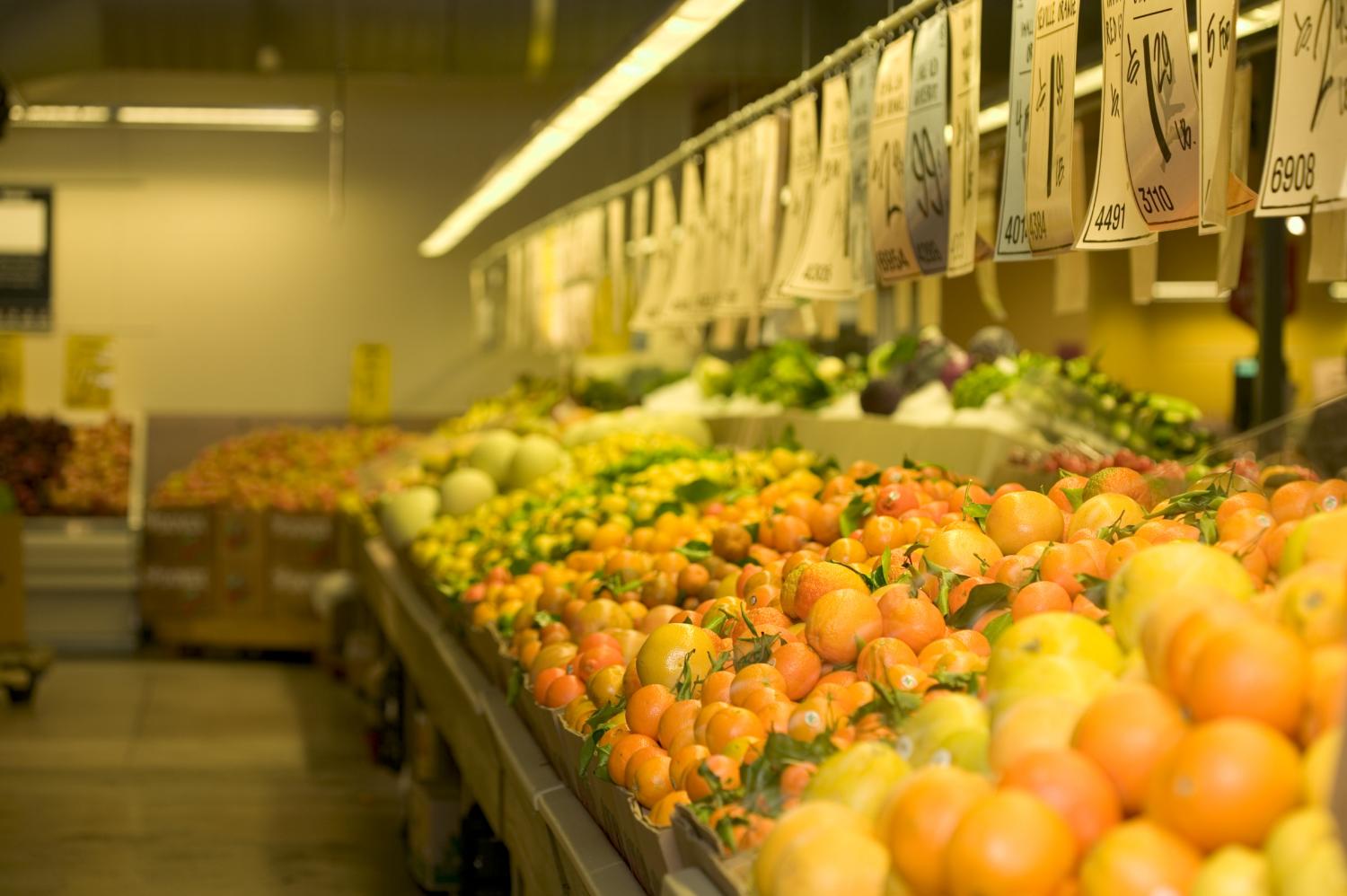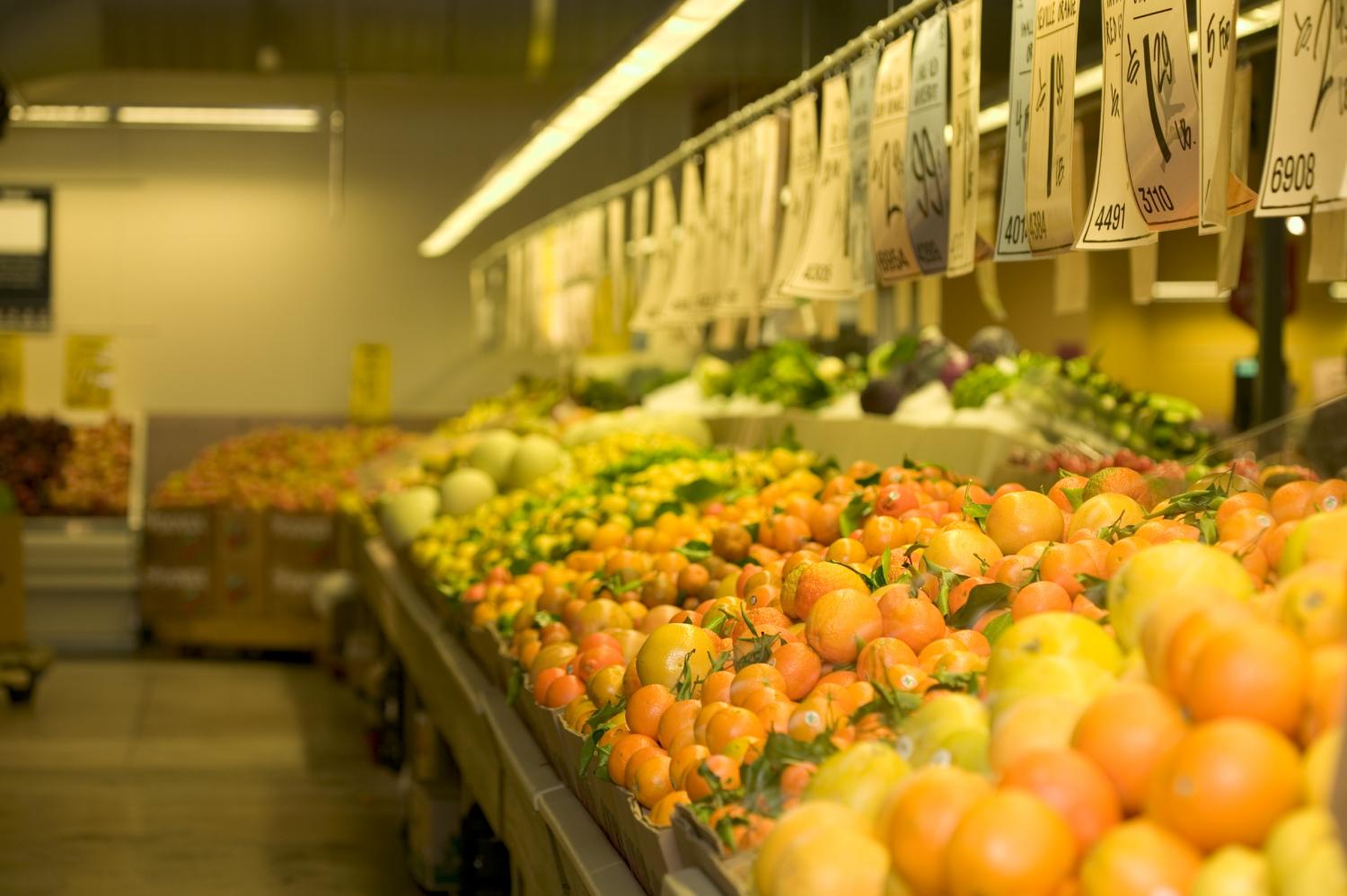
Growing Edibles: The Risk and the Reward
There have been numerous articles published in the past few years detailing the business opportunities of greenhouse operations growing vegetables as an added source of income to supply local retailers trying to find locally grown produce. Consumers are shopping for high-quality produce locally, and retailers are looking to attract them with ingredients from their home state, therefore the market for greenhouse food crops is constantly growing.
Visit the Whole Foods website and you will find the following statement:
Low-interest loans to help local producers flourish:
“In addition to featuring local products in our stores, we’re putting our money where our mouths are by providing up to $25 million in low-interest loans to independent local farmers and food artisans. We’re proud to support small producers who need a hand, not a handout, to help them make their dreams reality.”
There is no doubt that the Whole Foods Corporation is putting their money where their mouth is and getting serious about sourcing local food products. This trend into local sourcing of fresh edibles by the major retailers is good news for many progressive greenhouse operators and provides much-needed revenue during off peak times.
Consider This
The Food Safety Modernization Act (FSMA) has many growers concerned about whether or not their practices sufficiently meet the new food safety requirements. Greenhouse growers who are putting more focus on edibles need to be up to speed on current food safety regulations, specifically the Food Safety Modernization Act. While some small growers are exempt from the act, these new laws now require many greenhouse growers to face the same challenges as field growers.
In the past five years there has been a series of serious food safety incidents that involved contaminated produce, the most serious of which happened at Jensen Farms in Colorado in 2011. The outbreak resulted in the death of more than 30 people from eating cantaloupes contaminated with listeria. In addition to those who lost their lives, many more people were sickened by their listeria contamination. The Jensens have lost their farming operation, been arrested, and sentenced by a Federal Court to charges in which they pled guilty.
What is even more significant is that their customer, who purchased the contaminated produce, Wal-Mart, was also sued, as was the food safety auditing company that had audited the Jensen operation and gave them high marks for food safety.
The federal government is acting swiftly to better protect the public in regards to helping to provide regulations that will mandate certain criteria to the farmers and growers who grow our food. The current legislation has provided certain exemptions for the smaller growers who have revenues below $250,000.00.
While the proposed regulations may exempt smaller growers, it will not exempt those growers who grow edibles from the onslaught of potential litigation if a lawsuit is filed against a grower who supplied suspected contaminated food to either a retailer or a restaurant. In fact, since the food was sourced from a limited number of suppliers it will be relatively easy to determine where the contamination came from.
Create a Food Safety Plan
Since the best offense, is a good defense, growers of all sizes should have a food safety plan in place to protect themselves, their business and their customers. The first step is to develop a plan for prevention. Your plan should involve cleaning and sanitizing practices, water treatments, methods of pest control, visitor regulations, requirements for packing, standards for monitoring and testing, and training courses provided to workers in the greenhouse operation.
Cleaning and sanitizing are the foundations of any complete food safety program. While sanitation is very important, it should be noted that cleaning beforehand can significantly help decrease outbreaks. Preventing contamination is the responsibility of anyone who comes in contact with food crops and the necessary measures must be taken. Also, many growers tend to only clean and sanitize their growing operation between crop cycles, but it is important to sanitize daily in areas where food crops are harvested and packed. It is essential to sanitize tools, equipment and structures, and growers need to instill a zero-tolerance policy to make sure employees are taking sanitation measures seriously. Peroxycompounds (hydrogen peroxide and peroxyacetic acid), percarbonates, copper, and chlorine have all been proven to be effective for greenhouse sanitation, though it is important to note some chemistries don’t kill spores and can be harmful to the worker and environment. It is also important for your sanitation chemicals to have minimal or no REI to ensure no delays in production.
One of the most important steps in meeting food safety regulations is water treatments. Untreated water is one of the most common sources for plant pathogens, especially if your irrigation water is stored in a shallow well, tank or pond. Testing and treating all water that comes in contact with food crops is imperative to prevent contamination. Treating with antimicrobial chemicals before irrigating or sanitizing crops is essential for these water sources. Activated peroxygen chemistries have been researched extensively and deemed a very effective and sustainable solution for treating water. Some other options include copper ionization, chlorine and ozone.
All edibles should be thoroughly washed before packaging to get rid of any lingering pathogens. Use an anti-microbial treatment that is EPA approved and does not require a water rinse whenever possible. This will help prevent potential food safety issues and spoilage during travel.
Monitoring and testing of irrigation water regularly will also reduce food safety issues. Quarterly testing will provide a solid baseline of quality water. Keeping results and reviewing them regularly will show changes and patterns in water quality. All sanitation and pest management programs records should also be kept and reviewed, weekly if possible, including produce wash and sanitation treatments. Accuracy of the measurements of these chemical levels is critical, so it is recommended to use a digital tester rather than test strips, which can be less accurate. Some chemical producers and greenhouse supply companies offer water testing services to help you establish a treatment plan. They may also be able to recommend or provide you with the necessary testing equipment to continue the practice on your own.
Birds and rodents aren’t always as common in greenhouses as they are in the field; they can still get into facilities and spread disease. Develop a plan to keep these pests out of your growing operation and determine a plan to get rid of them if they gain entry, as these pests can cause contamination to crops.
Insects pose an even bigger problem than birds and rodents. It is understandable that it can be difficult to entirely prevent insects from entering a greenhouse, but it is the responsibility of the workers to keep populations low. An extensive sanitation program will greatly reduce the number of insects inside your growing and packing areas. It is also recommended to use insecticides to reduce activity. Azadirachtin-based products are very effective; they suppress larval and nymph stages of insects and some are organic listed, but it is important to look for products that have some anti-feedant capabilities to help suppress insects that have some contact with the plants. It should be noted that not all azadirachtin products are the same. It is not recommended to use insecticides with a glycogen base, because over time, that can act as a food source for unwanted pests.
Creating a program to train all employees is a way to ensure everyone understands the necessity and protocol of the food safety program. Regardless of the size of your operation, all employees should share the mentality that food safety is critical to a successful business. Correctly training all workers, not just those who come in contact with food crops, will help to prevent any unnecessary contamination or exposure to pathogens. It is imperative to make sure your team understands the basics and importance of food safety regulations in general, so that they can develop good practices on their own while maintaining the regulations that are put in place.
While these are the basic aspects that should be included in your food safety program, it is always good to add additional regulations as you see fit. The rules of growing produce have changed for everyone. New rules are currently being developed and though they can seem overwhelming, beginning with these changes within your operation will help you meet all the requirements and offer healthy, fresh produce that will boost business.
We can no longer look at the family farm as just a farm or the greenhouse as simply a place where crops are grown undercover. Whether a farm or greenhouse, any facility growing food for resale is now a food producing establishment and will be responsible for many of the rules and deregulations that food processors have worked under for years. Restaurants and retailers will want to work with growers who take the time to produce crops that meet all regulations and are always safe and fresh. Well-documented and well-executed food safety procedures will allow you to offer the best and safest products possible.
The best offense is a good defense. So if you’re growing edibles, consider creating a food safety plan to protect you, your customers and your plants.




 Video Library
Video Library 




















